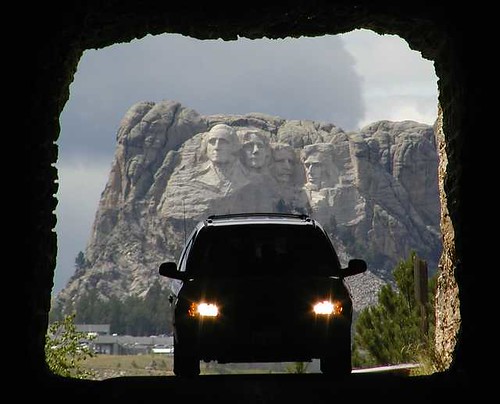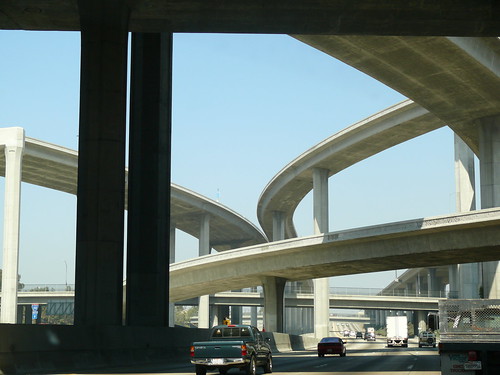America’s Top 10 Transportation Projects Unveiled: States Vie for “People’s Choice” and National Grand Prize
(Source: AASHTO)
On September 8, ten states shared the national spotlight, as AAA, the American Association of State Highway and Transportation Officials (AASHTO) and the U.S. Chamber of Commerce announced the top ten finalists in the2009 America’s Transportation Awards competition.
A panel of judges evaluated 50 highway projects from 33 states in three categories: “On Time,” “On Budget,” and “Innovative Management.” Twenty-two winning projects were selected during four regional competitions. The top ten projects scored the highest number overall points during the judging.
Final round of the competition starts anew: America’s Transportation Awards’ Grand Prize will be determined by independent judging and will be presented at the AASHTO Annual Meeting on October 25, in Palm Desert, California. The top ten projects will also compete for the People’s Choice Award, which will decided by popular vote. Each of these awards carry a $10,000 prize. On-line voting is now underway at the competition’s official website through Oct. 23, 2009:www.americastransportationaward.org.
“These projects show that states are being accountable for every dollar they receive from the taxpayers. They are using the smartest technology in their projects, and they are investing in their communities by reducing congestion, protecting the environment, and enhancing safety. In these tough economic times, the value of rapid and efficient highway construction gets magnified even more,” said John Horsley, AASHTO executive director.
The Top 10 Nominated Projects by category are:
On Time: Accelerated Delivery
- Dial An Engineer: Maryland Department of Transportation, MD 32 at Burntwoods Road Project.
- Corridor Updated in Half the Time: Delaware Department of Transportation, I-95 Mainline Widening Project.
- Smart Bridge Technology: The Minnesota Department of Transportation (MNDOT), I-35W Minneapolis Bridge Replacement Project.
- Preserving History: Louisiana Department of Transportation and Development (LADOT), Front Street Natchitoches Restoration Project.
- Trimming 30 Minutes from Commute: North Carolina Department of Transportation (NCDOT), Clayton Bypass Project.
On Budget: Enhancing Value
- Improving International Connections: New York State Department of Transportation, I-86 Interchange Project.
- Website Eases 3.8 Million Detours: California Department of Transportation (Caltrans), Fix I-5 Sacramento Project.
- Two States Trim Time and Costs on New Bridge: Nebraska Department of Roads (NDOR), Yankton Bridge Project.
Innovative Management
- Safety First: The Michigan Department of Transportation (MIDOT), M-115 Clare County Improvement Project.
- Technology Aids Urban Decongestion: Florida Department of Transportation (FDOT), 95 Express Miami Project.
Last year, the first annual America’s Transportation Award Grand Prize went to the states of Virginia and Maryland for constructing the Woodrow Wilson Bridge, which spans the Potomac River on I-95 near Washington, D.C.
After 55,500 on-line votes were cast, the People’s Choice Award in 2008 went to the state of Mississippi for the Bay St. Louis Bridge, near Biloxi. The original structure was destroyed by Hurricane Katrina.
Learn more about the projects and the competition at www.americastransportationaward.org.






